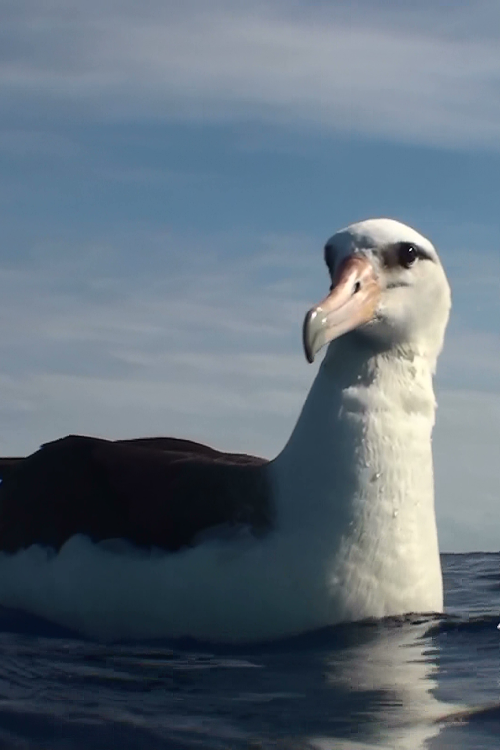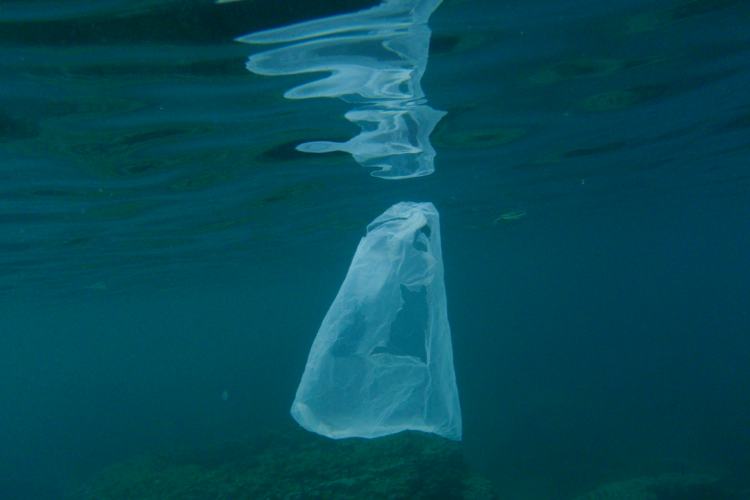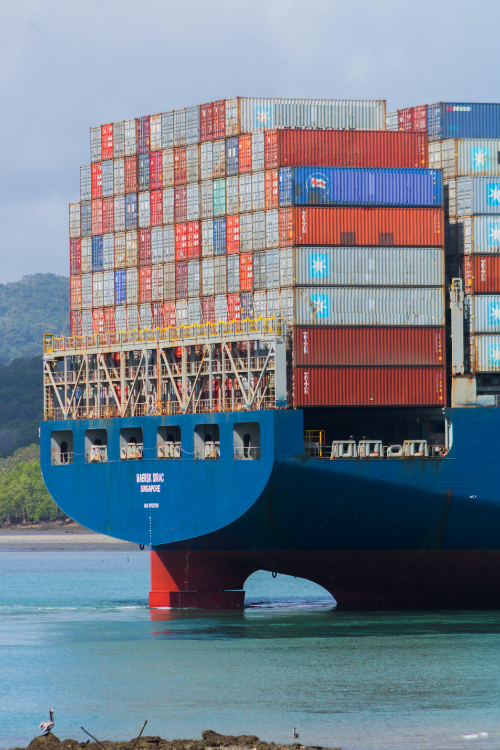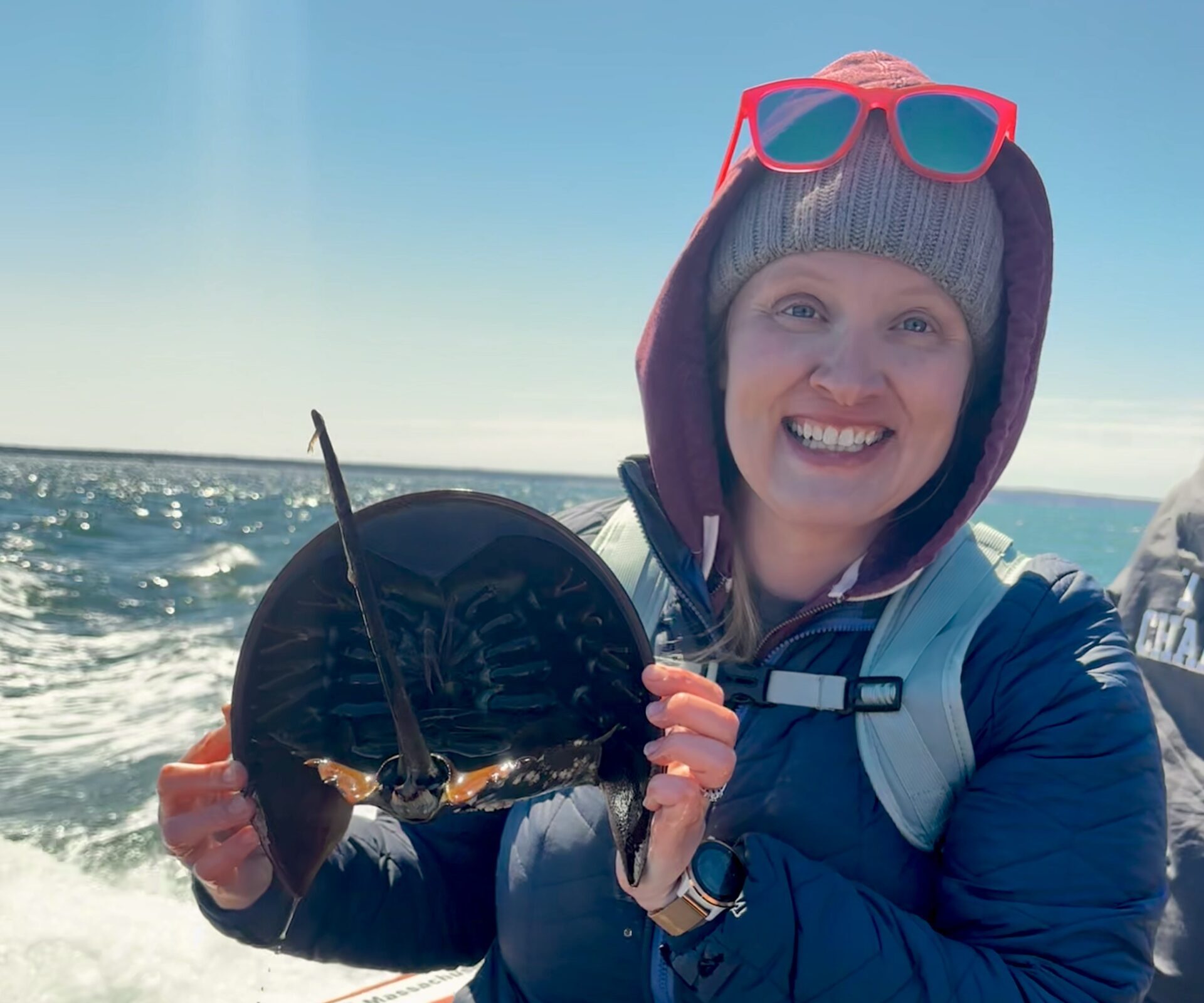
Lesson
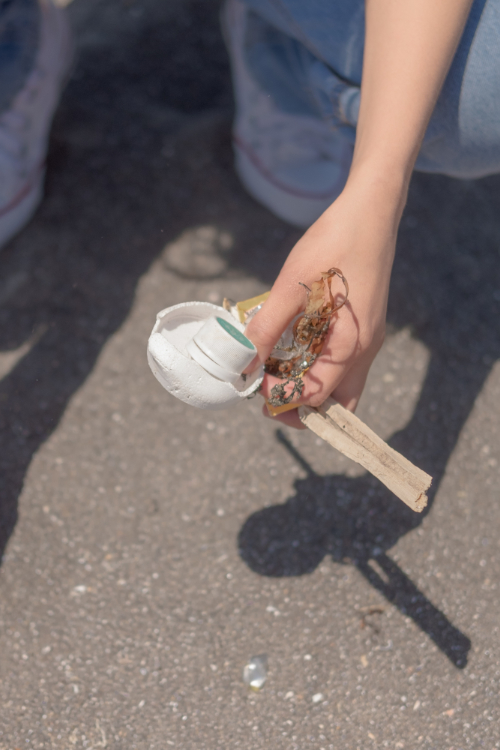
Photo Credit: Los Muertos Crew on Pexels
Collect and sort trash found at school to help develop a solution for decreasing trash on campus.
Grades 4 and up
Time Needed 1 – 2 hours
Materials
- Copies of school map or blank paper for students to draw out school map or collection site
- Reusable or paper bags for collecting trash
- One glove for each student for trash collection
- Trash grabbers (if school has this tool on campus to use)
Editable Handouts
This lesson was created by middle school science educator Ashley Contreras and is part of the NGSS MS-ESS 3-3 Human Impact – “Plastic Ocean” Standards Alignment Guide.
.
Purpose and Context
Plastic pollution is a global problem that can impact even the World’s most remote places, which can feel overwhelming. But studying plastic pollution at a local level is manageable and meaningful, and can even help highlight locally relevant solutions. Your school campus is a great place for students to measure their impact on the global litter problem and develop effective ways to reduce that impact.
Instructions
Part 1. Campus Clean Up
Depending on the size of the school, walk around all of campus or a selected area of campus.
Students will use the Campus Cleanup – Student Worksheet to record the conditions of the day and complete the prediction questions. Students will collect trash as a whole class or in groups. Using the school map, students will record the locations of where they collected the trash. The trash collection will take approximately 30 minutes. After the trash collection is complete, students can begin sorting and collecting data. This activity can be divided into two days so plan on how to properly store the collected trash if your class plans on sorting and counting the following day.
Part 2. Sorting and Analysis
As a whole class or in groups, students sort the trash into categories that they decide on. Categories could be based on material, container type, contents type, etc. Once categories have been determined, and the trash has been sorted, count the number of pieces of trash in each category. Students will record their data on the student worksheet. Discuss data as a class. After discussing the data, students will complete the reflection questions.
Tips and Suggestions
Whole class or group: Students can collect trash as a whole class that walks around campus together or students can work in groups to collect trash. Each group can be assigned a specific section of school or can select their own location. The groups can sort, categorize, and count trash individually or complete as a whole class.
This activity can be used in different ways depending on the goals of the class. This activity can serve as a campus clean up and brief discussion after collection that can be completed in one day. The full activity is two 60 minute periods with day 1 being the trash collection and day 2 being the analysis and discussion. Trash collected on day 1 would need to be stored in order to sort and analyze. If this activity is used for multiple classes in one day, the trash collection locations on campus can be divided based on how many class periods will be participating in the activity. The trash collection can also be completed on different days so that each class period has trash to collect.
Associated Standards
Next Generation Science Standards
MS-ESS 3-3 Apply scientific principles to design a method for monitoring and minimizing a human impact on the environment.
Did you use this lesson?
Help us track our reach
Related Resources
Lesson: Sources and Sinks
How does plastic get into and impact ecosystems?
Grades 4 and up
30 to 60 minutes
Lesson: Synthetic or Natural?
Contemplate the difference between synthetic and natural materials that make up common items in the classroom.
Grades 5 and up
30 to 60 minutes
Lesson: The Problem with Plastics
Brainstorm and discuss the benefits and consequences of plastic.
Grades 4 and up
30 minutes
Standards Alignment Guide: NGSS MS-ESS 3-3 Human Impact - "Plastic Ocean"
This guide will outline our suggestions for how to use a few of our resources to teach about the following Next Generation Science Standards (NGSS) Performance Expectation: MS-ESS 3-3 Apply scientific principles to design a method for monitoring and minimizing a human impact on the environment.
Grades 6 to 8
Variable Timing
Students Take Action!
Explore more
Plastic Pollution Basics
A quick crash course on plastic pollution and what we can do about it!
Learn more


